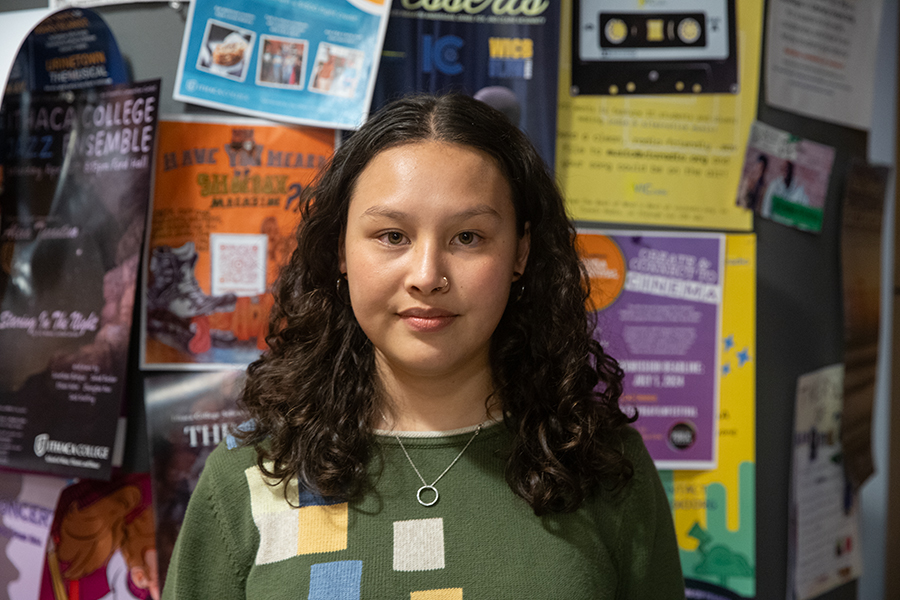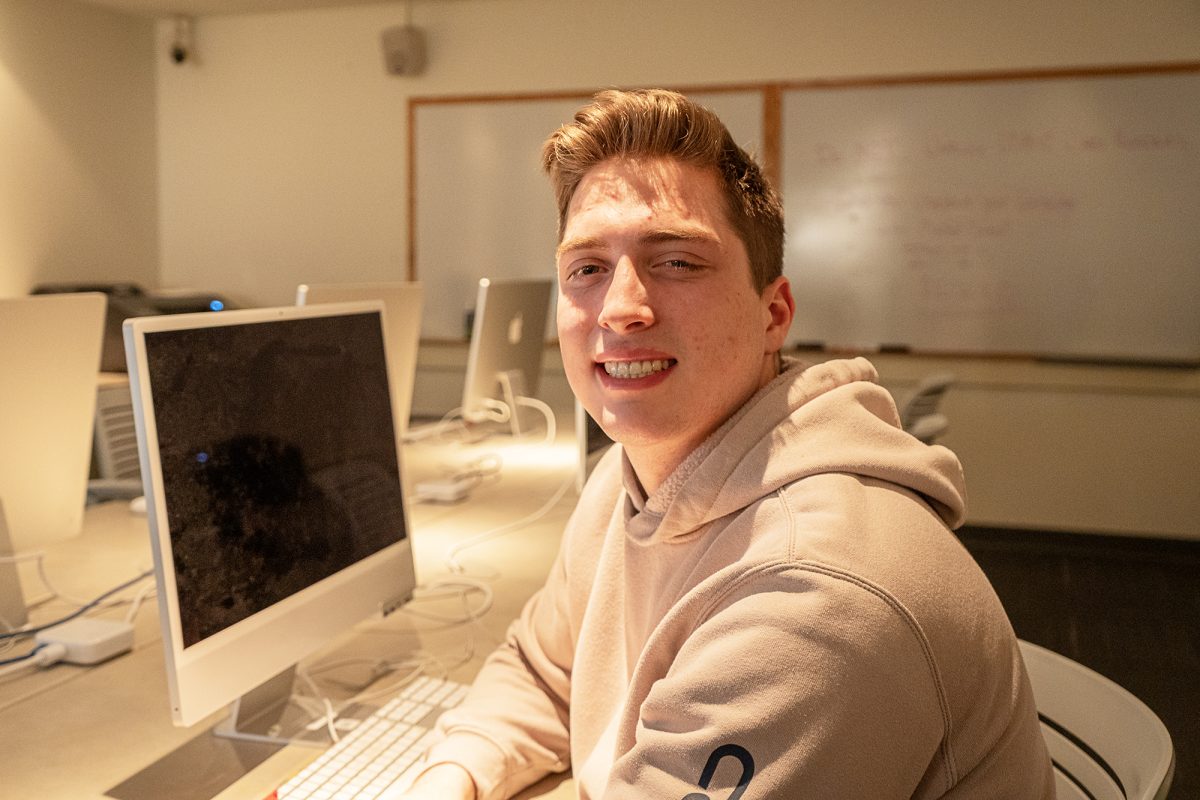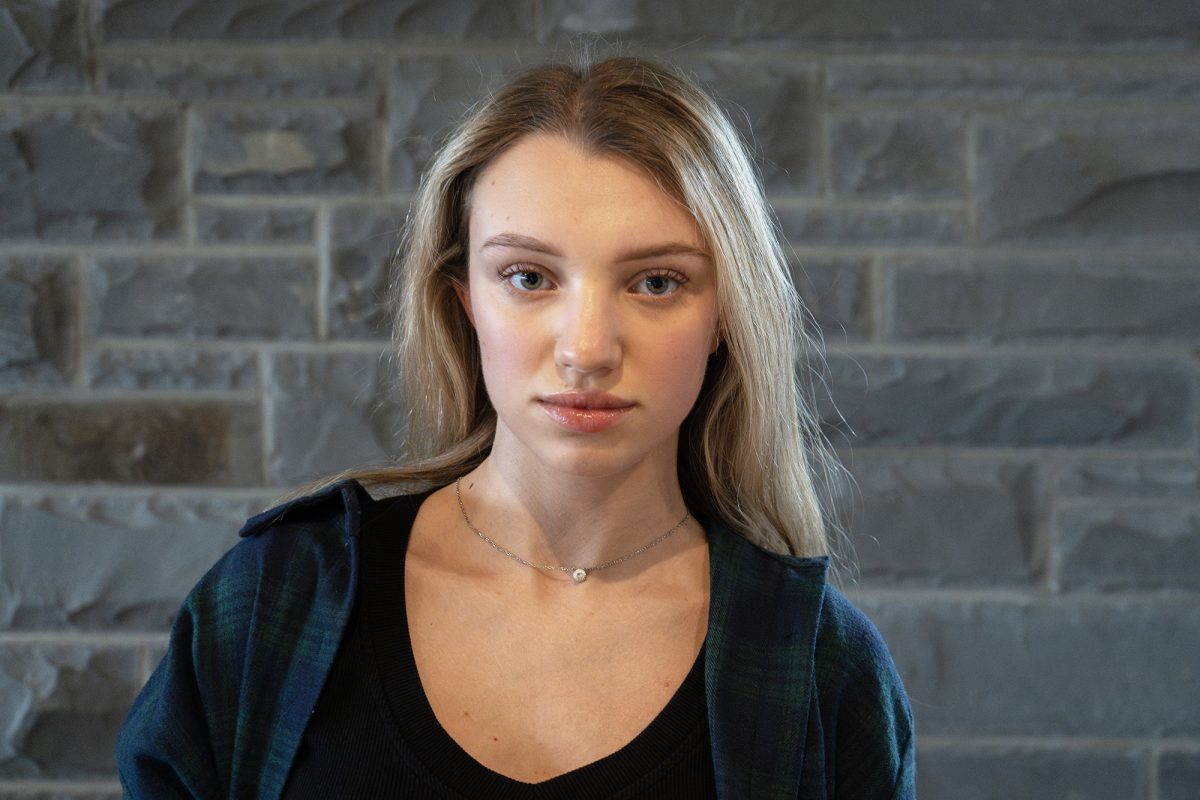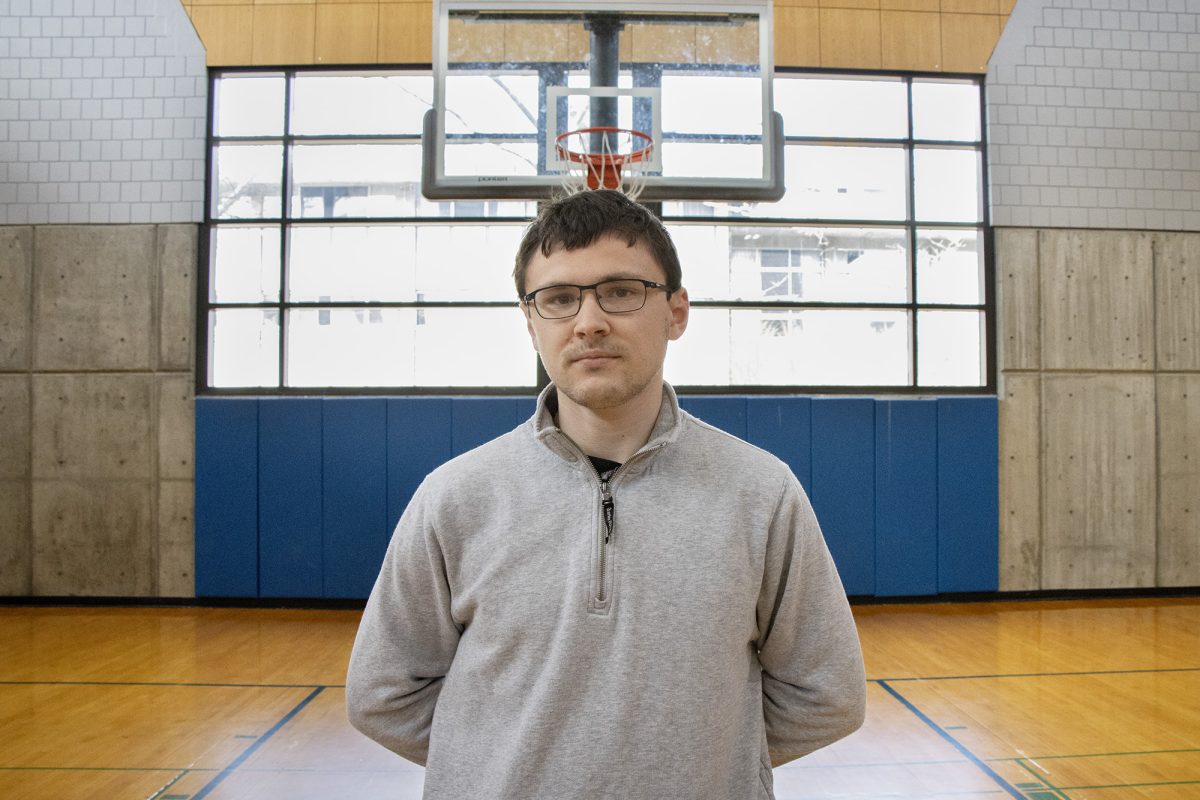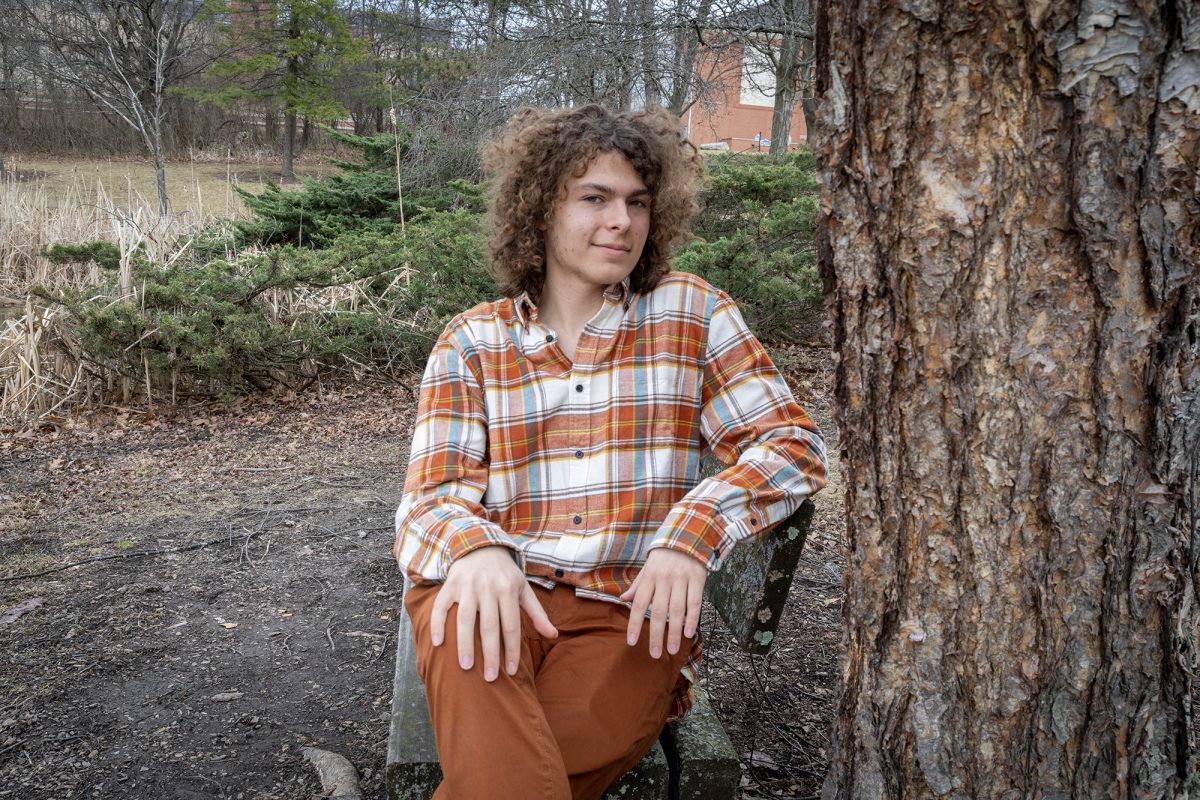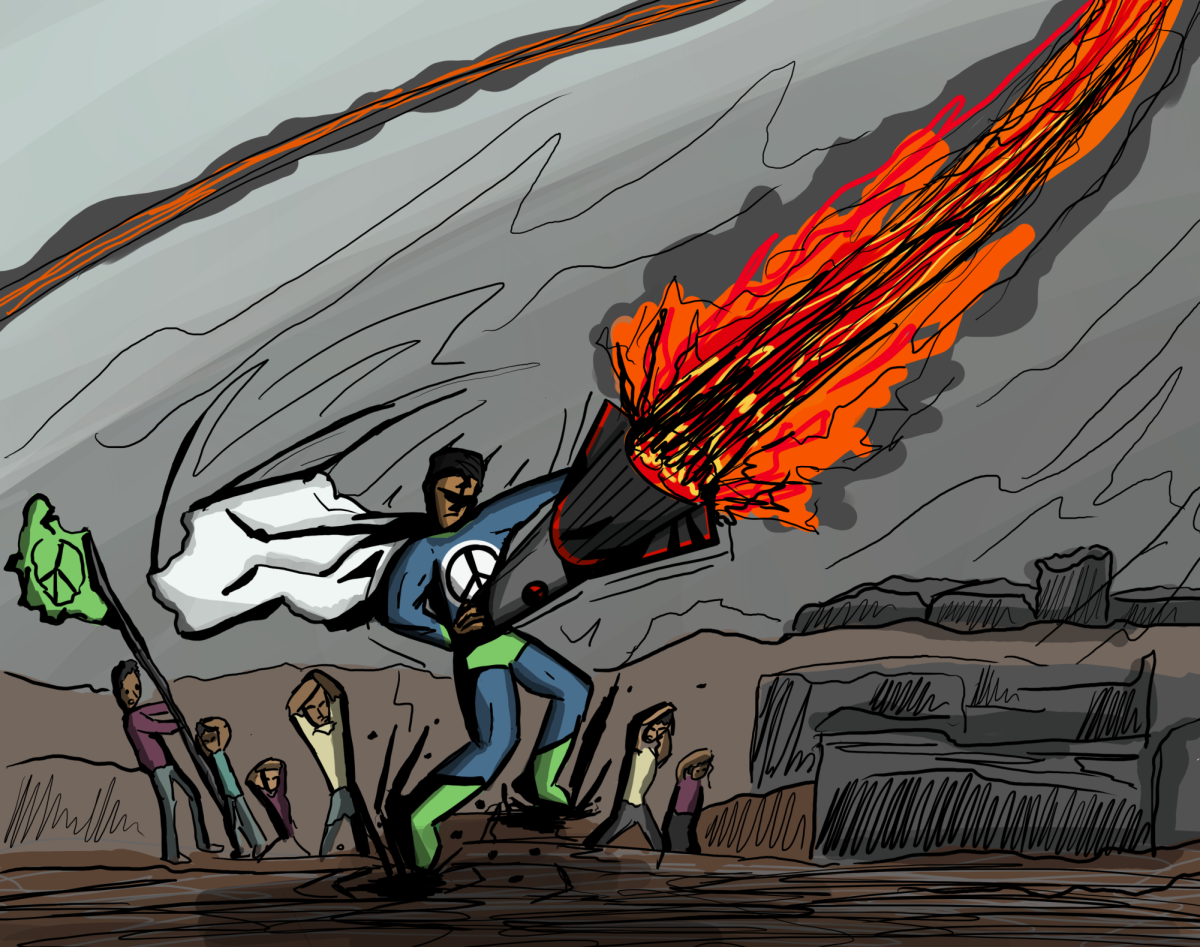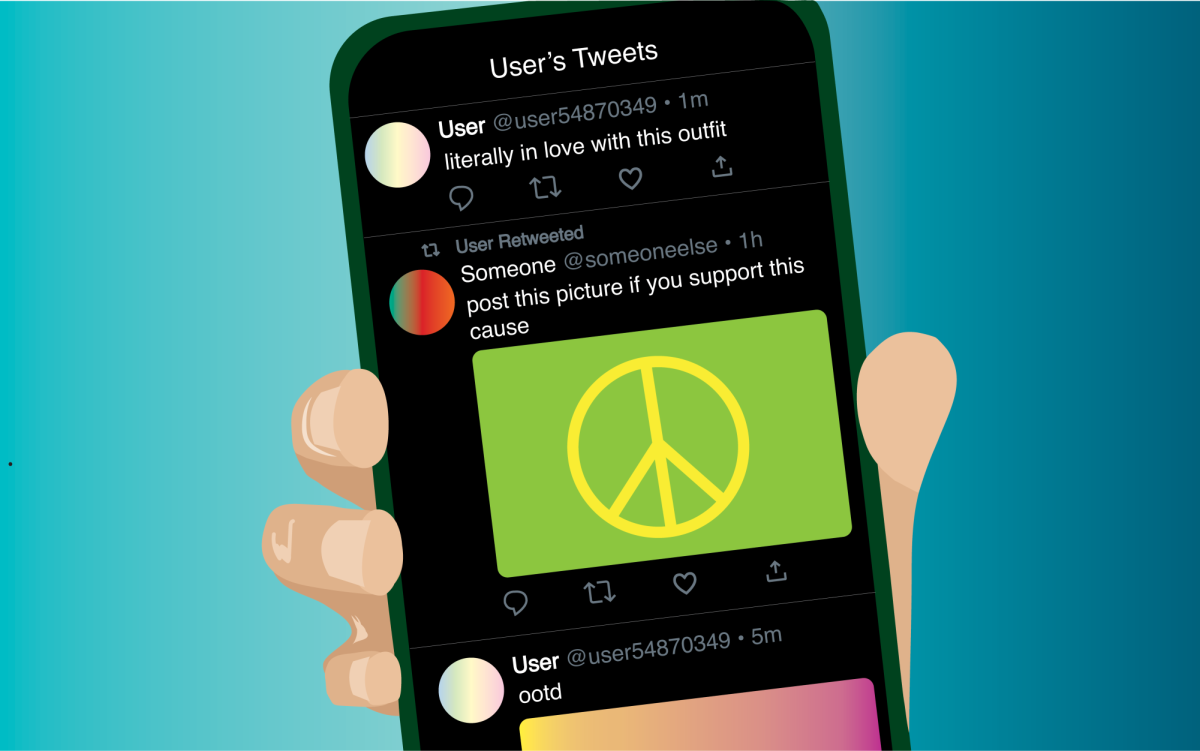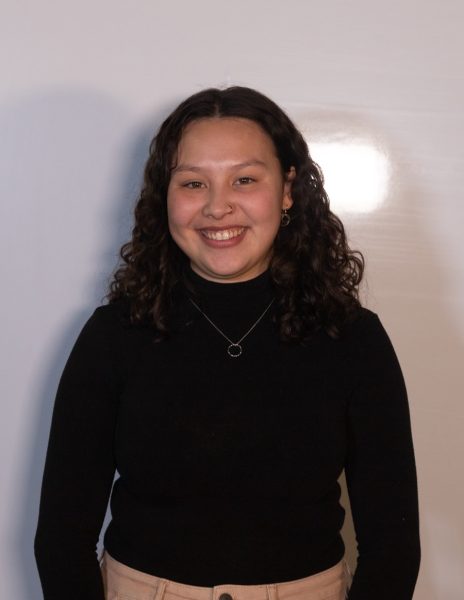Editor’s Note: This is a guest commentary. The opinions do not necessarily reflect the views of the editorial board.
To create is one of the most beautiful things a human can do. The ability to translate feelings into poems, opinions into films, sorrow into songs — it’s what makes humanity so special. Creative projects and creative people alike have always entranced me, especially when they are able to use creativity as a force for change. However, as much as creating is a gift, it is a challenge that requires intention and care. When the reason behind the art gets lost, creative projects can quickly turn into a prettily-packaged piece of nothing.
For the first two years of my time in the Roy H. Park School of Communications, I struggled to find a sense of connection. I entered as a communication management and design major with no real sense of what I wanted from college, aside from using my creativity and finding a way to do something good in the world. While I did meet some wonderful “parkies” who truly cared about storytelling in a way that pushed for change, I often heard peers talk more about how their projects looked rather than what they meant. Quickly, Park started to feel like a place where people learned how to communicate and create countless films, reports, stories, but lacked one crucial component: heart.
Because of this disconnect, I searched for community in other spaces. In my a cappella group, Voicestream, I sang alongside wonderful musicians who exemplified the act of creating art with a sense of care. Members chose to sing together, not because they wanted to be the star soloist, but because they wanted to use music as a way to cultivate belonging and community. As I began to explore my academic interests, I found a home in the education department, surrounded by peers and professors who were excited to discuss and write about a vast array of educational and social topics.
Getting outside of Park gave me the space to explore interests and passions that made me want to create. I was able to apply the design and communication skills I learned in the Park School to make a bigger contribution to the world through fields like education. I truly believe that to figure out what you want to create and why, you need to take a step away from the logistics of how to make the art, and instead, explore passions that give you something to say.
After taking a break from being heavily involved in Park, I spent my final year of college more invested in the school than ever before. I had the privilege of producing and editing a documentary titled “Restoring Joy,” alongside a group of some of the best people I’ve ever met. The film was a collaboration with the Park Scholar program and students and staff from The Village at Ithaca that centered around the stories of students of color in local schools.
While the project began as a small service project for a scholarship requirement, it blossomed into something I could never have predicted. All of the students — both from the college and surrounding high schools and middle schools — cared immensely about one another and about pushing for educational equity. There was a sense of community forged, where no one person was better than the other and everyone was given input throughout the production process.
I never anticipated being involved in a film during my college experience. For one, I felt wary participating as a non-film major. But more importantly, I didn’t think that a team of Park students would care as much about the people and subject matter behind the film as they did the cinematography and credits. “Restoring Joy” proved me wrong, and for that I am so thankful.
When we premiered “Restoring Joy” on March 21 in the Park Auditorium, I felt inexplicably full. Surrounded by young people, filmmakers and a supportive community, I felt a sense of renewed faith in the future of art and creativity. “Restoring Joy” was the opportunity I needed in Park to restore my own joy — a key component to any creative project. By exploring outside interests and surrounding yourself with people who are as compassionate as they are creative, you can create something that is beautiful, not just visually, but in substance. Not only will the project be more authentic, but you, your community and the world will be better off for making something that means something.
Grace Azaula (she/her) is a senior communication management and design major. Contact her at [email protected].


